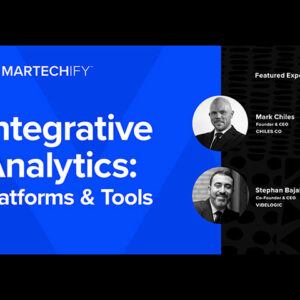Perplexity AI
Perplexity is changing the nature of search for end users. Perplexity AI is different from ChatGPT and other conversational AI experiences because it’s designed to provide search engine research.
When you provide a question or query, it still conversationally provides you with an answer to your question. In addition, it gives you all the links to the content it used to generate that answer.
This documentation of sources won’t necessarily eliminate AI hallucinations, which are responses containing false or misleading information presented as fact. However, it’ll help you spot when the AI is filling in the gaps of available information. You will also be able to identify when the sourced content is from a page or website written as satire, humor or any purpose other than education and information.
The transparency of source material is something that ChatGPT, Google’s Gemini and other standalone generative AI options have not offered. They’re now scrambling to catch up.
AI copilots
AI is also used as a companion inside several enterprise marketing tools. These AI companions are often referred to as “buddies” or “copilots.”
Microsoft chose to officially name its copilot “Copilot,” and the overlap of their branding and the general term is a bit confusing. Microsoft Copilot is an AI companion that shows up in Microsoft products: the Windows operating system, the Edge web browser, the Bing search engine and Microsoft Teams.
Other enterprise sales and marketing tools are using copilots as well. Salesforce Einstein AI, for example, is a copilot that helps you get information about your own customer and sales data.
GitHub has an AI copilot, also named Copilot, that can help with coding and development work. Similarly, the copilot inside Adobe Firefly is there to help you craft design prompts and generate all manner of digital artwork within Adobe products.
Different types of AI are used in copilots:
- Generative AI creates unique bespoke output based on a prompt
- Data Processing AI filters large amounts of data into digestible, actionable information
- Narrow AI (sometimes referred to as “weak AI” despite being as high quality as the others) is purpose-built for a specific outcome based on unique data sets and is used to provide analysis for individual scenarios
ChatGPT marketplace
Features available to users of ChatGPT Plus have expanded. As a paying user, not only would you have access to the full range of data sources of ChatGPT-4, but you could also save conversational threads, create GPT agents and access GPTs written for specific purposes by other brands and OpenAI contributors.
Diving into the ChatGPT marketplace, here is an example of the “Logo Creator” developed by a member of the OpenAI community. It’s an interface for DALL-E, a text-to-image model, to help you create logos. This GPT agent asks you several questions to guide the logo design, rather than you needing to have a logo idea already in mind.
Here is an example of the output from Logo Creator when prompted to create a logo for Iterative.ai.

AI as a service for enterprise
Pragmatic AI can be integrated and used across multiple enterprise platforms. It becomes a service layer between the various sales, service and marketing tools and the enterprise data lake. The AI provides context and consistency based on the massive amounts of behavioral data in the data lake and your third-party data sources.
When integrated into an enterprise this way, the AI can take in all the available data and ask for the context necessary to get to a specific answer about a specific customer and their likely product or service needs.
With AI processing all that data for a specific customer, hyper-personalized website experiences become possible. AI, as an enterprise service, is capable of generating dynamic website experiences for customers. This can include personalized images, prioritized actions, the products or service offerings most likely to be purchased by that customer, and bespoke messaging that’s likely to resonate.













